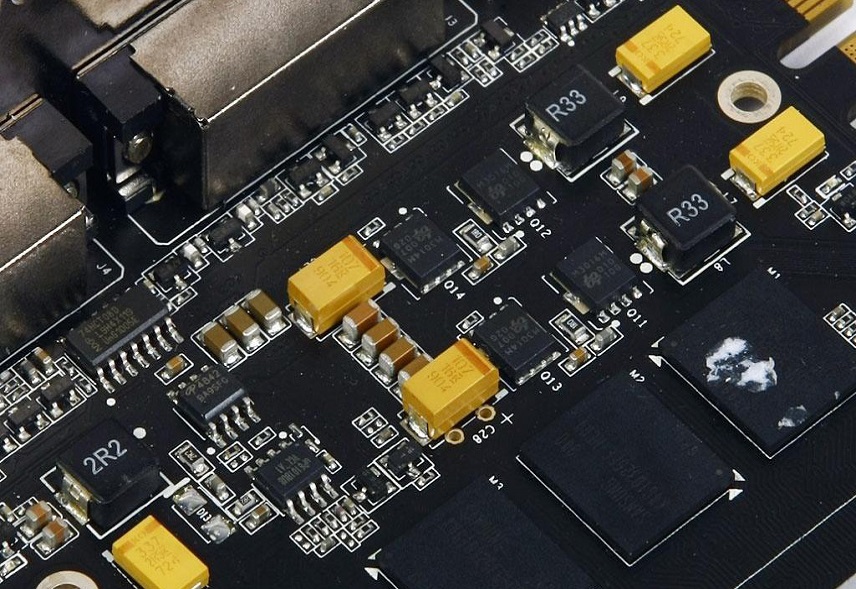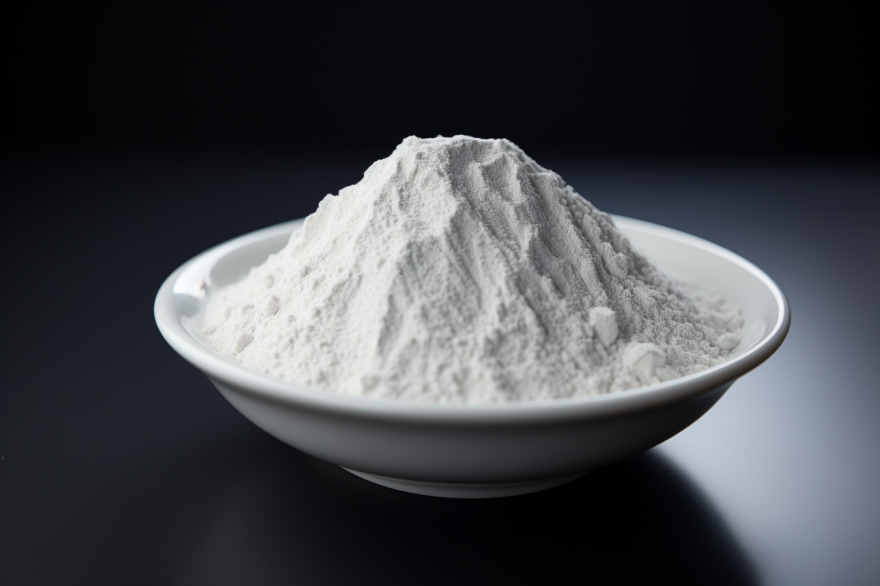
Gadolinium oxide, renowned for its distinctive optical and electronic properties, finds extensive applications in various industries. This article explores the pivotal role of gadolinium oxide in sectors such as cathode ray tubes, plasma displays, film capacitors, and magneto-optical devices, highlighting its significance in each field.
Gadolinium oxide has been used for years as a phosphor material in cathode ray tubes (CRTs), which are widely employed in televisions, computer monitors, and other display technologies. When the surface of gadolinium oxide is struck by an electron beam, it emits a glowing effect, making it ideal for use as a phosphor in CRTs. Its remarkable emissive properties result in vibrant and bright colors displayed on the screen.
Apart from its application in CRTs, gadolinium oxide s also utilized in plasma displays to enhance image quality and color representation. By emitting intense and pure colors and offering a wide color gamut, Gd2O3 contributes to the creation of vibrant and realistic images on the screen. Additionally, it boasts high luminous efficiency, ensuring bright displays while consuming energy efficiently. The durability and resistance to degradation of Gd2O3 are crucial for maintaining the reliability and longevity of plasma displays. Furthermore, the fine-grained nature and uniform distribution of Gd2O3 enable the production of high-resolution images with enhanced details, delivering an immersive visual experience for viewers.

Gadolinium oxide is extensively employed in film capacitors, which find widespread applications in electronic devices such as smartphones, laptops, and tablets. By utilizing gadolinium oxide as the dielectric material, film capacitors can achieve higher capacitance in a smaller form factor compared to conventional capacitors. This enhanced capacitance results in improved energy storage capacity, leading to increased efficiency and longevity of electronic devices.
Gadolinium oxide, with its high magnetization and low coercive force, also plays a vital role in the development of magneto-optical devices. These devices leverage the interaction between magnetic fields and light, enabling a broad array of functions including data storage, sensors, and even quantum computing. The synergy between gadolinium oxide and magneto-optical devices allows for easy magnetization by low magnetic fields while maintaining robust magnetization strength, rendering it particularly suitable for data storage applications.
Beyond data storage, the distinctive characteristics of gadolinium oxide offer opportunities to develop more efficient and effective sensor technologies, such as gyroscopes and magnetic field sensors. These sensors find diverse applications across industries like aerospace, defense, and transportation, offering enhanced capabilities for various purposes.
In conclusion, gadolinium oxide is an important building block in optics and electronics. It can be used as a phosphor material in cathode ray tubes (CRT) and plasma displays; in film capacitors, Gd2O3 can increase capacitance, thereby enhancing energy storage and efficiency in compact devices; moreover, its magnetism facilitates magneto-optical Valuable applications of data storage and sensors in devices.
The continuous progress of gadolinium oxide has promoted the progress of various industries and improved the level of technical application. By exploiting the unique properties of this compound, researchers and manufacturers can create innovative solutions for various fields. So, gadolinium oxide will clearly retain its pivotal role in shaping the technological advancements around us.
For more information about rare earth materials, please visit our homepage.
Eric Loewen
Eric Loewen graduated from the University of Illinois studying applied chemistry. His educational background gives him a broad base from which to approach many topics. He has been working with topics about advanced materials for over 5 years at Stanford Materials Corporation (SMC). His main purpose in writing these articles is to provide a free, yet quality resource for readers. He welcomes feedback on typos, errors, or differences in opinion that readers come across.

 Inquiry List
Inquiry List

